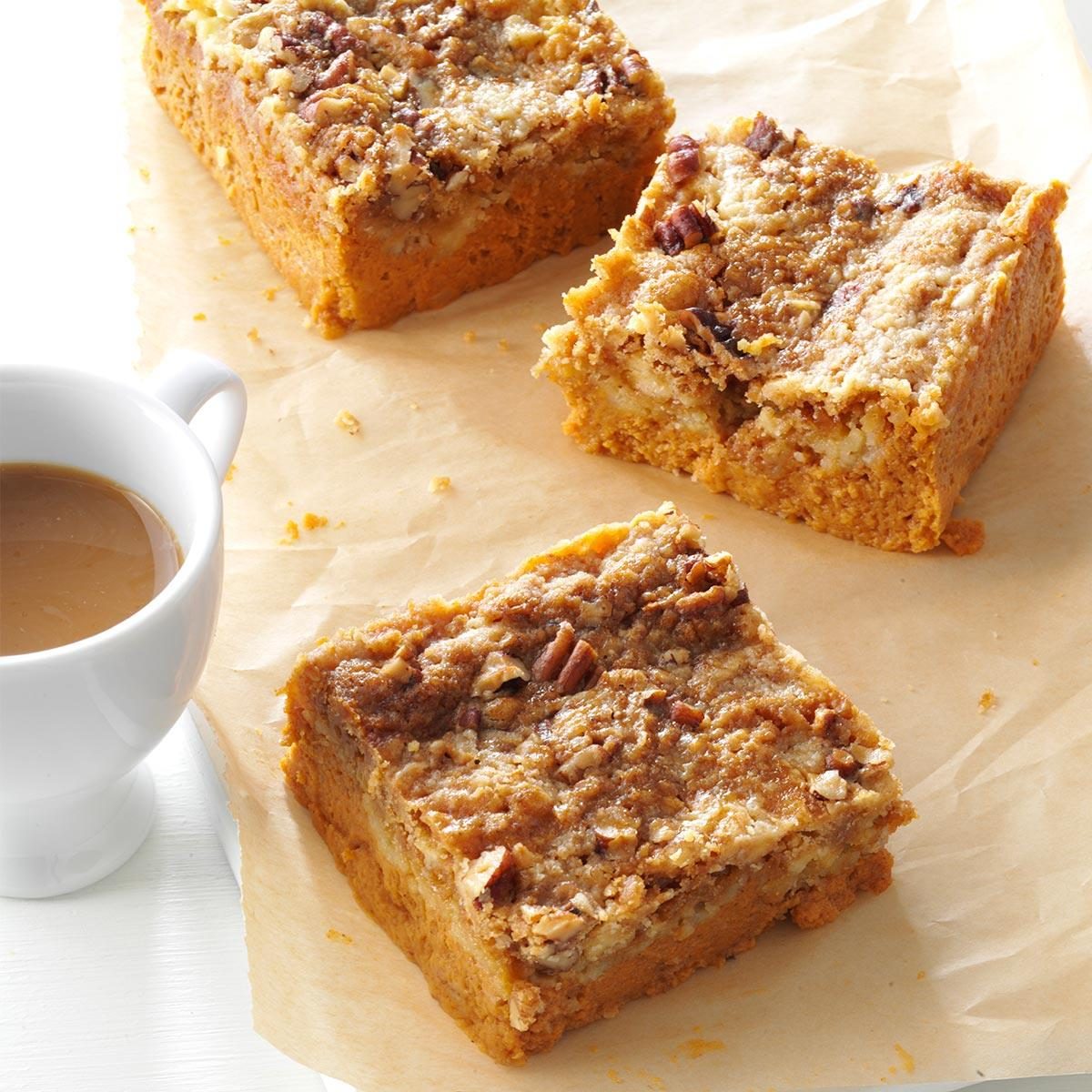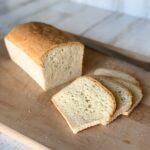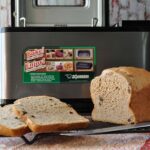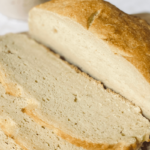Dive into the world of Pumpkin Pie Bars, where the comforting aroma of autumn spices meets the delightful crunch of a perfectly baked crust. This comprehensive guide explores everything from classic recipes to innovative flavor twists, ensuring you’ll master the art of creating these irresistible treats. We’ll delve into various crust options, explore step-by-step baking instructions, and uncover the secrets to achieving that perfect balance of texture and flavor. Prepare to be inspired by visually stunning presentation ideas and discover creative serving suggestions to elevate your pumpkin pie bar experience.
Whether you’re a seasoned baker or a kitchen novice, this guide provides clear instructions, helpful tips, and mouthwatering visuals to guide you through each step of the process. From selecting the ideal crust to mastering the art of layering, we’ll equip you with the knowledge and confidence to bake pumpkin pie bars that will impress your family and friends. Get ready to embark on a culinary adventure that’s as rewarding as it is delicious!
Pumpkin Pie Bar Recipes
A delectable treat for any autumn gathering, pumpkin pie bars offer a convenient and equally satisfying alternative to the classic pie. Their versatility lies in the adaptability of both the filling and the crust, allowing for a wide range of flavor profiles and textural experiences. This exploration delves into three distinct pumpkin pie bar recipes, each showcasing a different crust type and highlighting the unique characteristics each brings to the final product.
Pumpkin Pie Bar Recipes: A Comparative Analysis
The following table presents three distinct pumpkin pie bar recipes, each featuring a different crust type: graham cracker, shortbread, and a classic pastry crust. These variations offer diverse textural experiences and subtle differences in flavor profiles, allowing for a personalized approach to this autumnal classic.
| Recipe Name | Crust Type | Key Ingredients | Baking Time |
|---|---|---|---|
| Classic Pumpkin Pie Bars | Graham Cracker | Graham cracker crumbs, butter, pumpkin puree, brown sugar, spices (cinnamon, ginger, nutmeg), eggs, condensed milk | 25-30 minutes |
| Shortbread Pumpkin Pie Bars | Shortbread | Butter, flour, powdered sugar, pumpkin puree, brown sugar, spices (cinnamon, ginger, nutmeg), eggs, condensed milk | 28-32 minutes |
| Pastry Pumpkin Pie Bars | Pastry (from scratch) | All-purpose flour, butter, salt, ice water, pumpkin puree, brown sugar, spices (cinnamon, ginger, nutmeg), eggs, condensed milk | 30-35 minutes |
The three recipes, while sharing a common pumpkin pie filling, demonstrate significant differences in texture and, to a lesser extent, flavor. The graham cracker crust provides a crisp, slightly sweet base that complements the spiced pumpkin filling. Imagine the satisfying crunch as you bite into the bar, contrasting beautifully with the smooth, creamy filling. The shortbread crust, on the other hand, offers a buttery, melt-in-your-mouth texture that creates a more delicate and refined overall experience. The shortbread’s subtle sweetness enhances the pumpkin’s inherent flavors. Finally, the pastry crust, made from scratch, presents a flaky, buttery layer that provides a classic, elegant foundation. This crust offers a richer, more complex flavor profile compared to the other two.
Crust Type Advantages and Disadvantages
Each crust type presents its own set of advantages and disadvantages. The graham cracker crust is undeniably the easiest to prepare, requiring minimal effort and readily available ingredients. However, its texture can be somewhat coarse and less refined than the other options. The shortbread crust, while slightly more involved, offers a more delicate and buttery texture, but requires precise measurement of ingredients for optimal results. The pastry crust, demanding the most time and skill, delivers the most complex and rewarding textural experience, with its flaky layers and buttery richness, but is prone to shrinkage if not handled correctly. The choice of crust ultimately depends on the baker’s skill level and desired outcome. For a quick and easy treat, the graham cracker crust is ideal. For a more refined and delicate result, the shortbread crust is recommended. And for those seeking a classic, elegant, and texturally complex dessert, the pastry crust is the way to go.
Step-by-Step Guide to Making Pumpkin Pie Bars

Transforming the classic pumpkin pie into a convenient, shareable bar format requires careful attention to both the filling and the crust. These instructions will guide you through creating pumpkin pie bars with a perfectly balanced texture and flavor. The result is a delightful treat perfect for fall gatherings or an autumnal afternoon indulgence.
Crust Preparation
The foundation of any successful pumpkin pie bar lies in its crust. A buttery, flaky crust provides the ideal contrast to the creamy pumpkin filling. This section details the process of creating a delicious and easy-to-handle crust.
- Combine 1 1/4 cups all-purpose flour, 1/2 teaspoon salt, and 1/2 cup (1 stick) cold unsalted butter, cut into small cubes, in a large bowl. Use a pastry blender or your fingertips to cut the butter into the flour until the mixture resembles coarse crumbs.
- Stir in 1/4 cup ice water, one tablespoon at a time, until the dough just comes together. Do not overmix.
- Form the dough into a disc, wrap it in plastic wrap, and chill in the refrigerator for at least 30 minutes. This chilling step allows the gluten to relax, resulting in a more tender crust.
- On a lightly floured surface, roll out the chilled dough into a 12×15 inch rectangle. Carefully transfer the dough to a baking sheet lined with parchment paper.
Pumpkin Filling Preparation
The heart of the pumpkin pie bar lies in its creamy, spiced filling. Achieving the perfect balance of sweetness and spice requires careful attention to the ingredients and their proportions.
- In a large bowl, whisk together 1 (15 ounce) can pumpkin puree, 1 (12 ounce) can evaporated milk, 2 large eggs, 3/4 cup granulated sugar, 1 teaspoon ground cinnamon, 1/2 teaspoon ground ginger, 1/4 teaspoon ground cloves, and 1/4 teaspoon ground nutmeg. The spices should be well incorporated into the creamy pumpkin mixture.
- Pour the pumpkin filling evenly over the prepared crust in the baking sheet.
Baking and Assembly
The baking process is crucial for achieving the perfect texture – a tender crust and a set, yet creamy, filling. Precise baking times are essential.
- Bake at 350°F (175°C) for 30-35 minutes, or until the filling is set around the edges and the crust is lightly golden brown. A toothpick inserted into the center should come out with only moist crumbs attached.
- Let the bars cool completely on a wire rack before cutting into squares. This allows the filling to fully set and prevents the bars from crumbling.
Visual Representation of Layering
Imagine a rectangular baking sheet. The bottom layer is a smooth, golden-brown crust, slightly textured from the rolling process, exhibiting a subtle sheen from the butter. Above this sits a rich, deep orange pumpkin filling, initially slightly glossy, but setting to a creamy, almost custard-like consistency as it cools. The contrast between the crumbly crust and the smooth filling is visually appealing.
Tips for Perfect Pumpkin Pie Bars
Achieving the perfect texture and flavor requires attention to detail. These tips will enhance your baking experience.
- Use cold butter for the crust: This ensures a flaky, tender crust.
- Don’t overmix the dough: Overmixing develops the gluten, resulting in a tough crust.
- Chill the dough: Chilling allows the butter to firm up, preventing shrinkage during baking.
- Bake until set: Overbaking will dry out the filling, while underbaking will result in a runny filling.
- Let cool completely before cutting: This prevents the bars from crumbling and allows the filling to set properly.
Variations on Pumpkin Pie Bars
Pumpkin pie bars, a delightful twist on the classic dessert, offer a canvas for culinary creativity. Their convenient bar format lends itself perfectly to experimentation with flavors and textures, allowing for a range of exciting variations that cater to diverse palates and dietary needs. The inherent richness of the pumpkin base provides a sturdy foundation for both subtle and bold additions.
Flavor Variations of Pumpkin Pie Bars
The versatility of pumpkin pie bars allows for countless delicious adaptations. By incorporating different ingredients and spices, the familiar flavors can be transformed into unique and memorable treats. Here are three examples showcasing the breadth of possibilities:
- Spiced Pumpkin Pie Bars with Pecans: Imagine a warm, comforting bar studded with crunchy pecans, the sweetness of the pumpkin enhanced by a blend of warming spices like cinnamon, nutmeg, cloves, and allspice. The pecans add a delightful textural contrast, their nutty flavor complementing the spiced pumpkin beautifully. A dusting of powdered sugar on top completes this autumnal masterpiece. The visual is one of rich, deep orange pumpkin filling speckled with the light brown of the pecans, contrasted by the pristine white of the powdered sugar.
- Chocolate Swirl Pumpkin Pie Bars: This variation offers a decadent twist, combining the comforting warmth of pumpkin with the rich indulgence of chocolate. Imagine a creamy pumpkin pie filling swirled with a luscious chocolate ganache, creating a mesmerizing pattern of contrasting colors and flavors. The deep brown of the chocolate elegantly complements the vibrant orange of the pumpkin, resulting in a visually stunning and incredibly delicious bar. The texture is a delightful interplay of smooth, creamy pumpkin and intensely rich chocolate.
- Salted Caramel Pumpkin Pie Bars: This sophisticated combination marries the classic pumpkin pie flavor with the sophisticated sweetness of salted caramel. The salty-sweet balance of the caramel sauce beautifully complements the pumpkin’s subtle sweetness. Picture a layer of rich, creamy pumpkin filling topped with a generous swirl of luscious salted caramel, the glistening caramel reflecting light, creating a visually captivating effect. The contrasting textures of the smooth pumpkin and the slightly chewy caramel add an extra layer of enjoyment.
The Influence of Spices on Pumpkin Pie Bars
The careful selection and proportioning of spices are crucial in shaping the overall flavor profile of pumpkin pie bars. Cinnamon provides warmth and a familiar sweetness, while nutmeg adds a subtle complexity and earthiness. Ginger introduces a vibrant, spicy kick, balancing the sweetness of the pumpkin. A blend of these spices, often with the addition of cloves and allspice, creates a harmonious and richly layered flavor experience. The intensity of each spice can be adjusted to achieve the desired balance; for instance, a higher proportion of ginger will result in a spicier bar, while a more generous amount of cinnamon will enhance the warmth and sweetness. Experimentation is key to discovering your perfect spice blend.
Adapting Pumpkin Pie Bars for Dietary Restrictions
Creating delicious and inclusive desserts is easily achievable. The basic pumpkin pie bar recipe can be adapted to accommodate various dietary restrictions with relatively minor adjustments.
- Gluten-Free: Substituting all-purpose flour with a gluten-free blend (ensure it’s a blend designed for baking) in the crust will create a delicious gluten-free version. Many gluten-free flour blends are readily available in most grocery stores. The texture might be slightly different, but the flavor will remain wonderfully intact.
- Vegan: Replacing eggs with flax eggs (1 tablespoon flaxseed meal mixed with 3 tablespoons water per egg) and using vegan butter in both the crust and filling will create a delicious vegan version. Ensure that any other ingredients used, such as chocolate chips or caramel sauce, are also vegan-friendly. The result is a decadent and satisfying treat that’s completely plant-based.
From the initial selection of your favorite crust – be it graham cracker, shortbread, or pastry – to the final flourish of a perfectly placed garnish, creating pumpkin pie bars is a journey of culinary exploration. This guide has equipped you with the knowledge to not only bake exceptional pumpkin pie bars but also to present and serve them in a way that truly captures the essence of autumnal indulgence. Remember to experiment with flavors, personalize your presentation, and most importantly, savor every delicious bite. Happy baking!
Top FAQs
Can I make pumpkin pie bars ahead of time?
Yes! Baked pumpkin pie bars store well in the refrigerator for up to 3 days, or in the freezer for up to 2 months. Wrap them tightly in plastic wrap or foil to maintain freshness.
What can I substitute for the pumpkin puree?
While pumpkin puree provides the best flavor and texture, you can experiment with sweet potato or butternut squash puree as substitutes. Adjust the sweetness as needed.
How do I prevent the crust from becoming soggy?
Partially bake the crust before adding the pumpkin filling. This helps create a sturdy base that can withstand the moisture from the filling.
Can I use a different type of sweetener?
Yes, you can substitute granulated sugar with brown sugar, maple syrup, or honey. Adjust the amount according to the sweetness of your chosen alternative.


